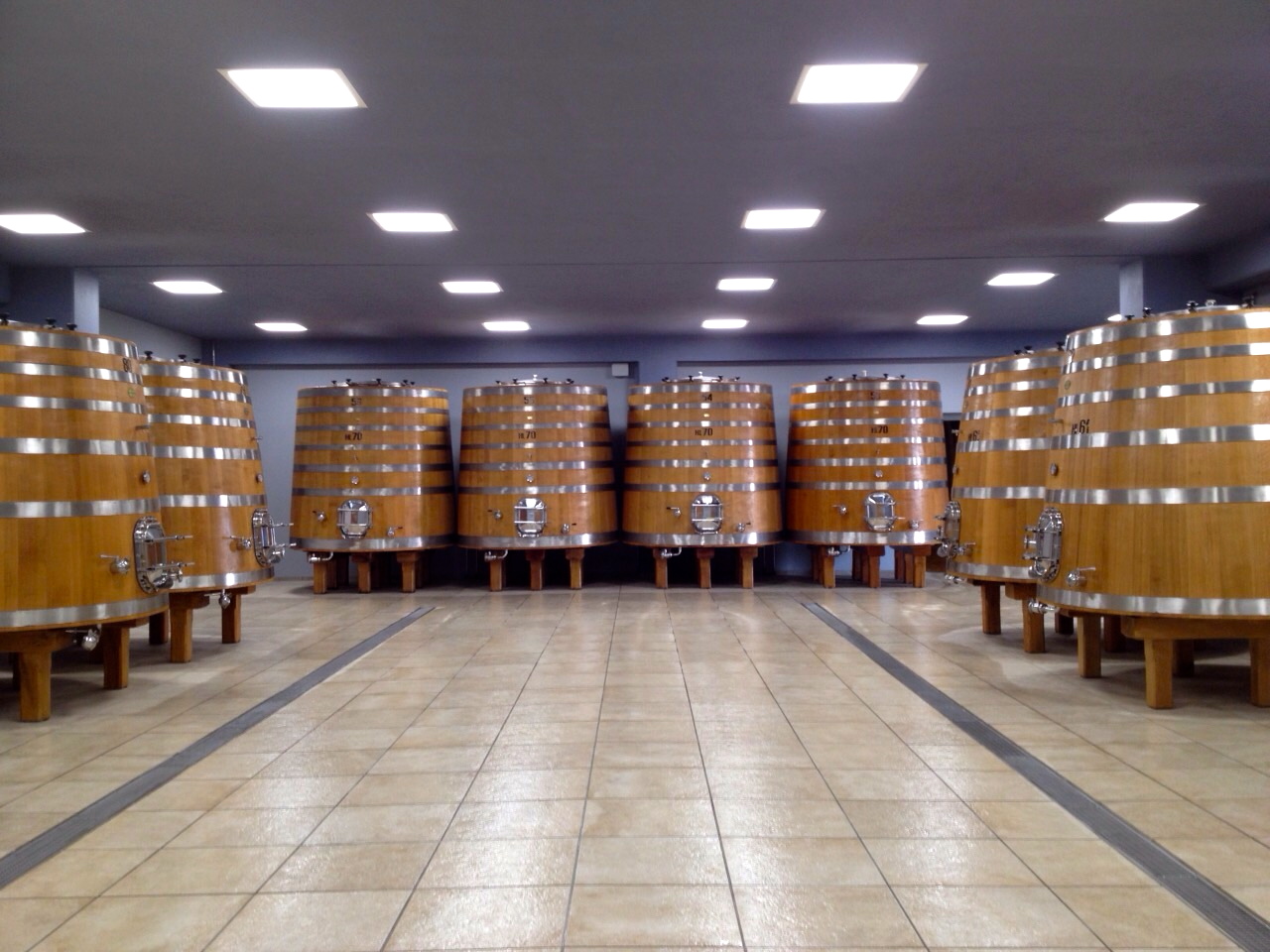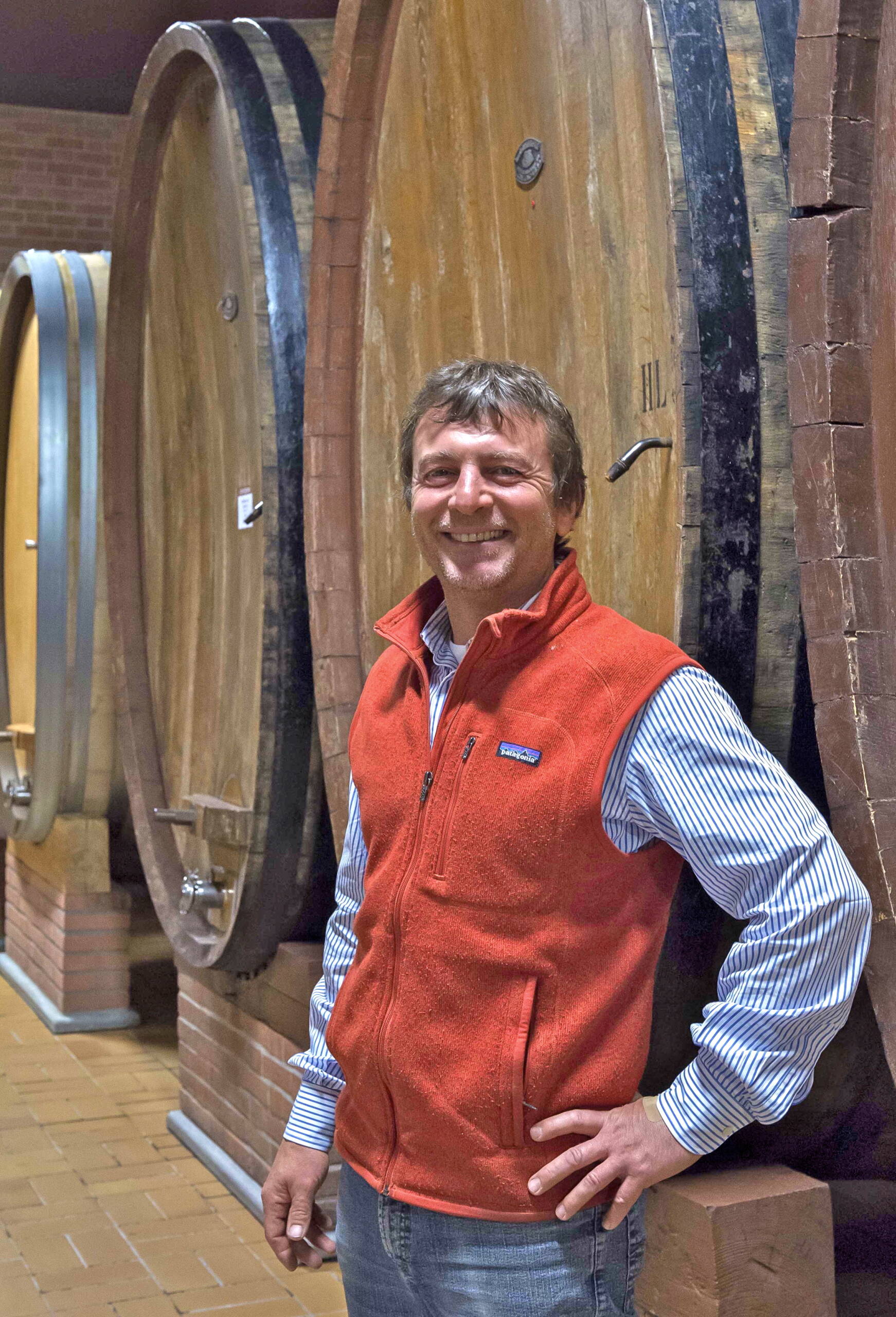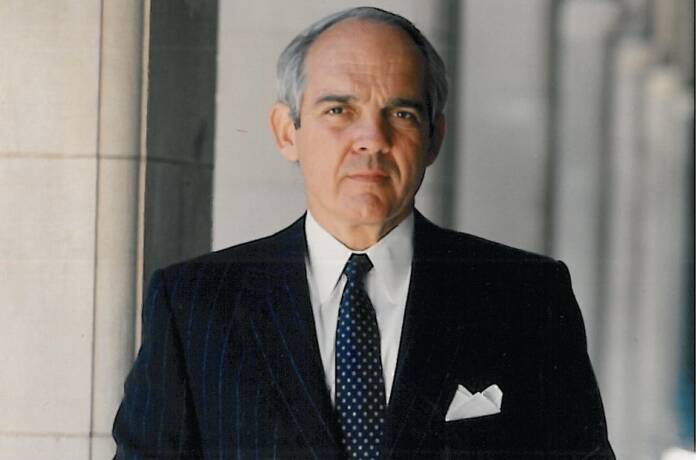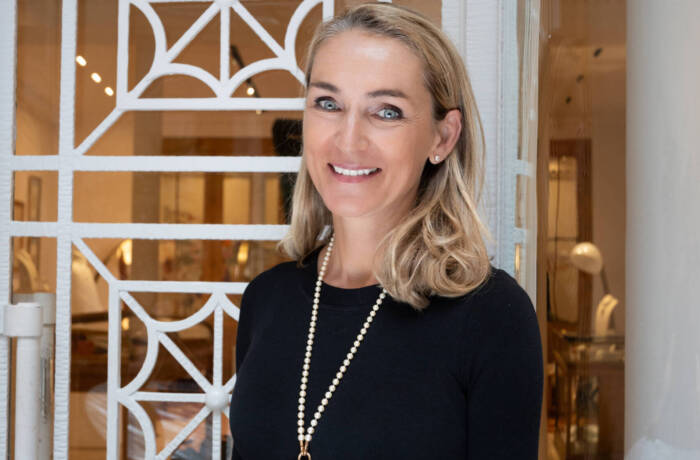
In 1974, Giovanni Conterno purchased the entire 14-hectare Cascina Francia vineyard in Serralunga d’Alba. It is now known as the Francia vineyard.
What are the 12 greatest wine estates in the world? A subjective question, surely. Lewis Chester doesn’t think so. The British financier and founder of the Golden Vines awards presents his series for LUX of his golden dozen, the most collectible wine estates from the world’s major regions. For the second instalment, he looks towards Piedmont in search of the best Barolo
Roberto Conterno is not like many Italian winemakers I have met. Firstly, he’s serious and fastidious. A clean freak, the cellar is always spotless. While tasting wine from one of his barrels, he almost had a coronary when a few drops of red wine spilled from his pipette onto the cellar floor. We met again a few years later, and nothing had changed, except he was keen to show me his new range of glassware, Sensory, that he had designed to taste with wines from any region. In the process, he opened some very pricey wines from Burgundy and Bordeaux to prove his point. Convinced by the taste test, I purchased the first 36 glasses sold in the UK market.
Roberto is deeply respectful of the terroir that he inherited from his late father, Giovanni. This includes the fourteen-hectare monopole (solely-owned designated vineyard) of Cascina Francia, in what is considered the best village in Barolo, Serralunga d’Alba. 400 metres in altitude, it includes 9.4 hectares of Nebbiolo, the varietal he uses in his Barolo designated wines. In 2008, Roberto increased the estate’s landholdings by acquiring 3 hectares of Cerretta, another well regarded vineyard in the village. Finally, in 2015, he purchased Arione, a highly-sought after nearly 6 hectare vineyard situated next to Cascina Francia.
Follow LUX on instagram @luxthemagazine

Monfortino is not a vineyard. It is a name invented for their top bottling at some point early in the 20th Century.
Although the estate makes more than seven cuvées, undoubtedly the best is Monfortino Riserva. An iconic wine designed for long-ageing, it has more than a hundred years of history since the inaugural 1924 vintage. Monfortino Riserva is aged for a minimum of five years in either 50+ year-old Slavonian oak or newer Austrian Franz Stockinger large casks (plus one year in the bottle).
Returning from the First World War, Roberto’s grandfather, Giacomo, had the vision to create a unique bottling of Nebbiolo, sourcing the best grapes from different growers, at a time when wine was typically sold in cask or purchased by local merchants for blending. Only from 1978 was the first Monfortino produced from grapes sourced from the family’s own Cascina Francia vineyard.
I first realised that Monfortino Riserva was one of the world’s greatest wines when I purchased some very old bottles from a little wine shop in Alba fifteen years ago: 1955, 1961 and 1978, all legendary vintages. Opening them at various dinners, they all performed remarkably well. The 1955 vintage had a bizarre trajectory. On opening, it buzzed with aromas of violets, rose petals and a hint of tar, collapsing to oblivion within twenty minutes of pouring. The wine in my glass had become a deadly shade of pale. However, after a further thirty minutes, it had miraculously revived and was as good as when it had first been poured. The greatest comeback since Lazarus!
Read more: Tasting Bollinger’s new luxury cuvées in Paris

The selection of grapes for Monfortino typically takes place in the vineyard. It must be done early in the winemaking process because one of the key differences between Monfortino and their other bottlings is that there is no temperature control during fermentation of the Monfortino grapes.
Monfortino Riserva is still Italy’s reference fine wine. It is also one of (if not the) most expensive, with many vintages selling in the secondary market for more than £1,000 per 75cl bottle. But it’s worth every penny. Fear not, however. Roberto’s other bottlings, in particular Cerretta and Arione, are incredible wines that cost a fraction of the price of Monfortino Riserva.
Lewis’s Best 3 Wines from Giacomo Conterno
Giacomo Conterno, Monfortino Riserva, 2010: An iron fist in a velvet glove is the most apt description of a wine full of power and grace, that will no doubt be showing well for the next fifty-plus years. Monfortino is known for aromas of leather, licorice, incense and dried rose petals, and this wine has it in abundance. However, the coup de grâce was the extremely long finish that captivates you to drink the rest of the bottle before your wife reaches for the bottle.
Giacomo Conterno, Monfortino Riserva, 2002: I was lucky enough to try the 2001 and 2002 (in magnums) together at a dinner in Turin. It was a close toss up as to which gave greater pleasure. However, the 2002 got the nod as I was wowed by the balsamic and black tea aromas, savoury sweet mid-palate, and the silky but firm tannins. Just divine.

Roberto Conterno is the third generation winemaker at the helm of arguably Piedmont’s most famed estate
Giacomo Conterno, Monfortino Riserva, 1955: you just can’t beat having a wine that’s older than oneself and marvelling at how it can make you smile. The flowery petal notes, the intensity of the palate despite the wine having lost almost all its colour, and a long delicate finish. The fact that the wine died and then revived miraculously only added to the long-lived memory of its happy consumption.








